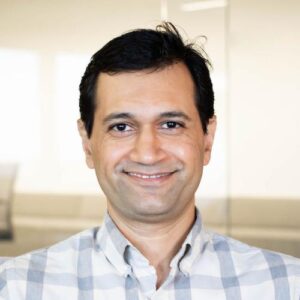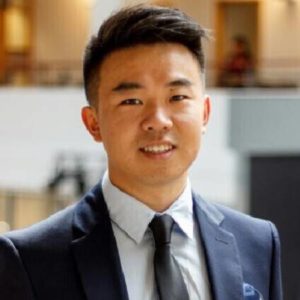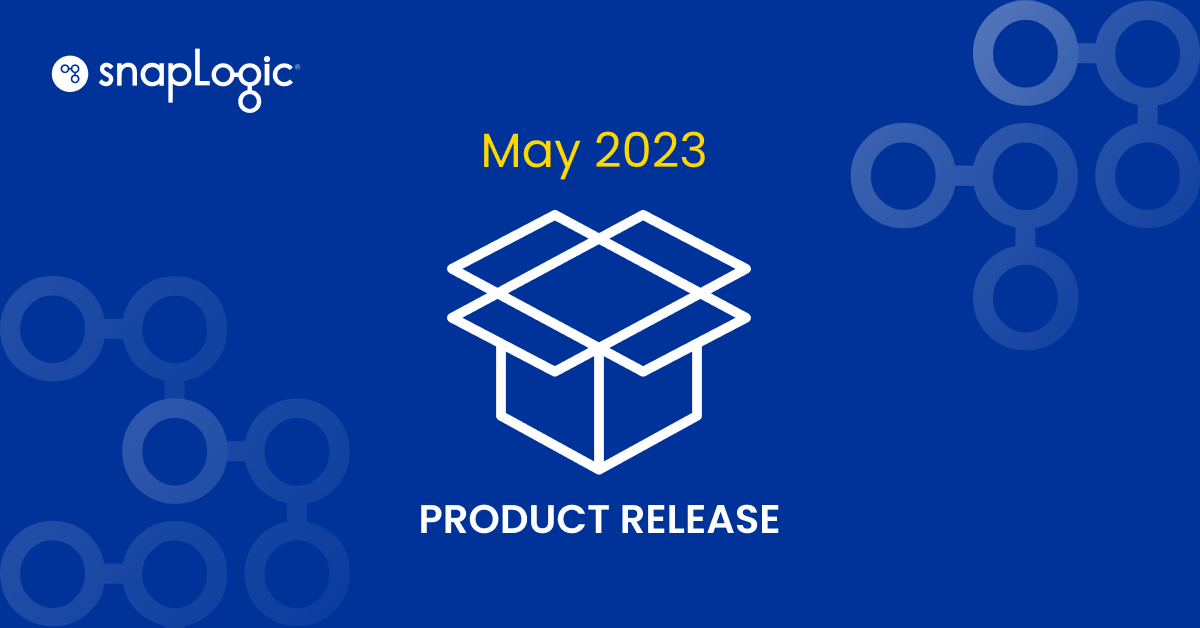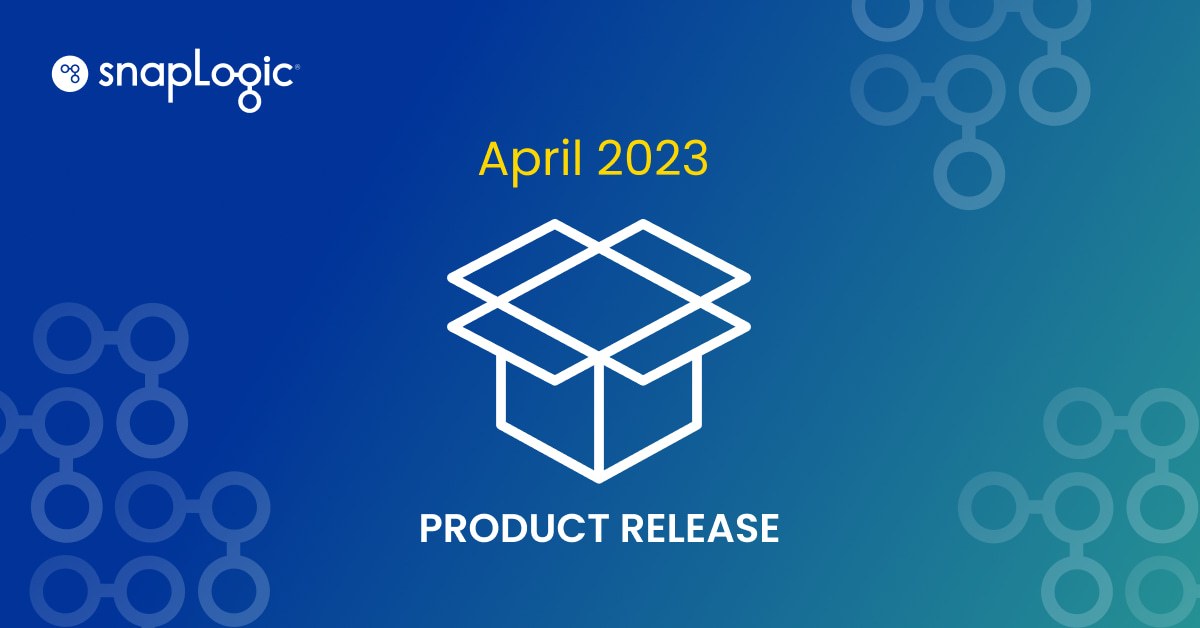We are excited to announce the August 2023 release of the SnapLogic Intelligent Integration Platform which helps you innovate faster with quick prototyping of integrations and automations with the general availability of SnapGPT, our generative AI solution. Some highlights include the ability to:
- Manage the CI/CD lifecycle of integrations easily with support for Git folders and GitLab
- Get unified control of your secrets with support for Azure Key Vault
- Finish integration projects faster with new Snap Packs for Microsoft Dynamics Business Central
- Consolidate CDWs easily with AutoSync with support for CDWs as sources, and collaborate effectively with your team members
Want to learn more? Let’s dive in.
Innovate faster with SnapGPT General Availability
Generative integration promises to accelerate the ever-important task of integrating and automating the enterprise. SnapLogic is the first generative integration to market With SnapGPT, and it is now generally available to all of our customers.
With SnapGPT, you can generate pipeline prototypes with just a 1-2 line prompt. You can experiment with it and refine the prompts further to get more accurate responses. You can then refine the integration/automation further by providing additional context. For example, when mapping data from source to target you can add additional fields.
Building new integrations is just as important as knowing what integrations are in place and how they can be modified to meet evolving business needs. SnapGPT makes it easy to document existing integrations and pipelines. You can also go into a specific connector in the pipeline and SnapGPT can suggest ways to make modifications.
If you want to try out SnapGPT, please reach out to your Customer Success Manager!
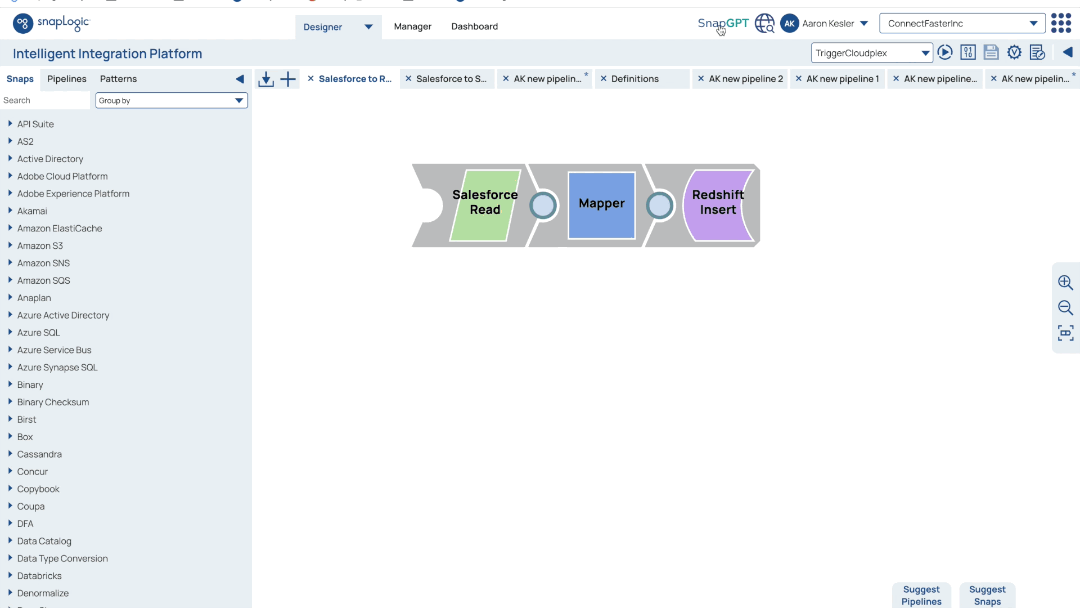
Enhanced user experience with new Admin Manager
Admin Manager is a new interface for administrators that today allows you to easily manage users, groups, and service accounts. As we add functionality to this new Admin Manager, we will slowly phase out the classic IIP Manager.
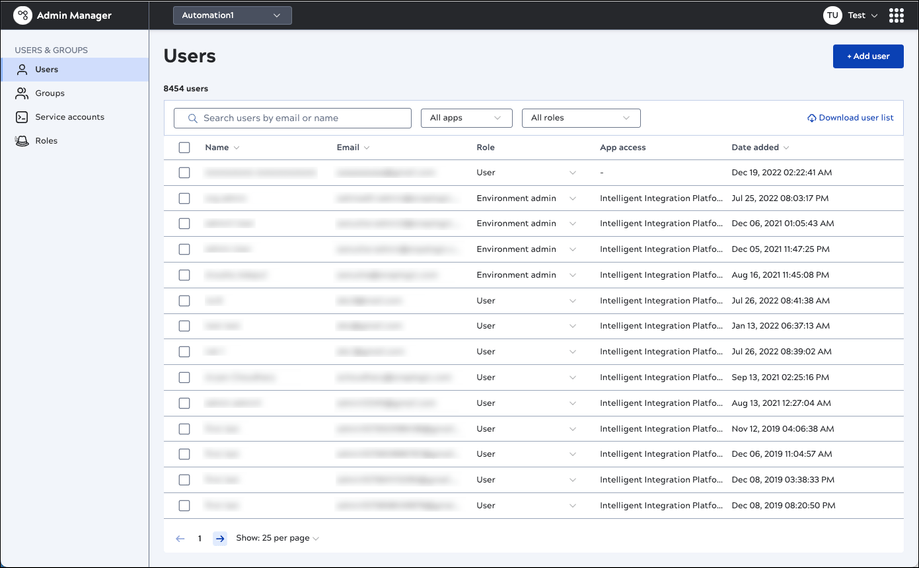
Improved CI/CD with Git Folders and GitLab Support
With the August release, we are adding support for GitLab as a code repository. You can now sync pipeline metadata and various versions with GitLab and maintain all your organizational code in one place in GitLab. We support both GitLab SaaS as well as GitLab Self Managed.
The user experience of connecting to a code repository is similar regardless of your tool choice. You start with ‘Settings’ in Manager where you provide details for the code repository and then individual users have to authenticate themselves with the repository before they can use it for CI/CD. See how you can leverage GitLab for CI/CD with SnapLogic integrations/automations.
Many of you wanted an easy way to organize your CI/CD assets. Now with Git Folders support, you can link Git repositories with SnapLogic Project Spaces. When you do that, folders within the Git Repository are mapped to SnapLogic’s Project folders. Any content at the top-level Git Repository is mapped to the ‘root’ directory. The Git Folders feature is available for all the code repositories that SnapLogic supports such as GitHub.com, GitHub Enterprise, Azure Repos, and GitLab.
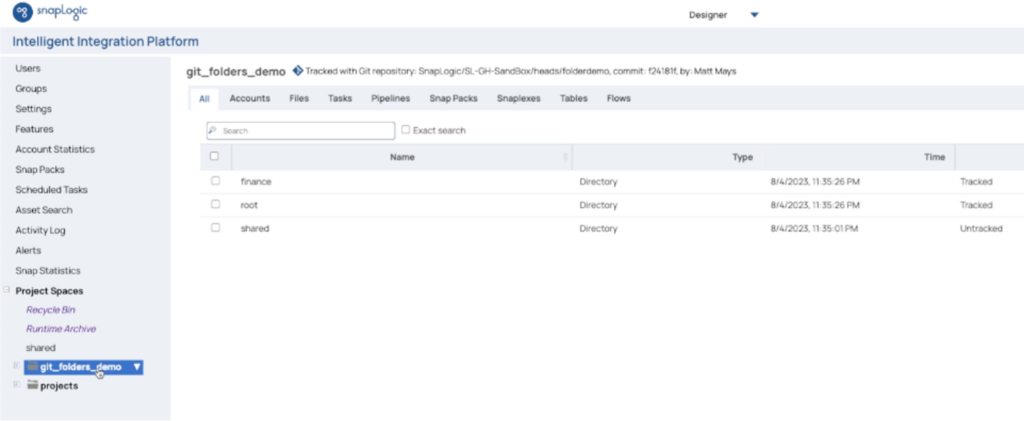
We have also added App Gateway so you can easily connect your on-premises GitHub Enterprise Server or GitLab Server on-premises to your Groundplex. With this update, you no longer need IP filtering when connecting to your on-prem Git Server or any endpoint restrictions where a limited set of API endpoints was available.
Centralize all your secrets with Azure Key Vault
Secrets Managers allow your organization to centralize the storage and management of passwords, secret keys, and other organizational secrets. If you are using the Azure cloud services extensively, you are likely using Azure Key Vault.
With this release, we are adding support for Azure Key Vault so that you can refer to those secrets in SnapLogic pipelines seamlessly. And just like other Secrets Managers, you can refer to the secrets stored in them wherever we support expressions in account details. Check out this Azure Key Vault video to learn more!
Another feature for those using HashiCorp Vault, AWS Secrets Manager, CyberArk Conjur, or Azure Key Vault is the Secrets Cache. Secrets Cache caches secrets at the expression level and minimizes latency resulting from fluctuating requests.
New use cases and better collaboration with AutoSync
AutoSync enables your business users to load data to cloud data warehouses with point-and-click convenience. With the August release, we are adding Snowflake and Google BigQuery as sources so you can easily migrate data from one CDW to another. This capability is critical when you have to consolidate data warehouses in case of an acquisition or migrate from one cloud data warehouse to another.
New updates also enable you to share your data load pipelines with other members of your team. You can give read-only or read-write-execute access to your teammates. You can even transfer ownership. So if an IT team member creates a data load pipeline, they can transfer ownership to a business team member for day-to-day monitoring and maintenance. Here is a detailed demo of all the sharing and collaboration features for AutoSync pipelines.
Automate finance operations and content analytics workflows
This release adds a new Snap Pack to connect to Microsoft Dynamics 365 Business Central. You can easily automate finance operations such as quote-to-cash, procure-to-pay, etc. faster.
The Snaps allows you to create/update accounts so that customer data is kept in sync with your CRM system and create new invoices when an opportunity in the CRM system is marked ‘Closed-won’. You can delete data and also search for specific records. The platform connects to the endpoint using an OAuth2 account or an Access Token account.
Additionally, there are a few Snaps that have been added to the platform
- Google BigQuery Upsert (Streaming): Enables your to perform bulk upsert into BigQuery table from a data stream such as Point-of-Sale operation from your retail endpoints or sensor data from your machine or equipment’s IoT endpoints.
- GeoJSON Parser and WKT Parser: These two new Snap parses binary GeoSpatial data from a binary file and creates a GeoJSON file that can be loaded directly into a database or data warehouse such as Postgres or Snowflake. Similarly, WKT Parser parses Geospatial data from a binary file and creates a Well Known Text document downstream
- HDFS Delete: This Snap has been added to the Hadoop Snap Pack to make it easy to delete a file, a group of files, or a directory at the specific path in HDFS, Azure Blob File Storage, Windows Azure Storage Blob, or Azure Data Lake.
If you missed the August 2023 product release webinar, you can watch it here on the product hub page. You can always learn more about these updates by visiting the August 2023 release notes in the SnapLogic Documentation.



